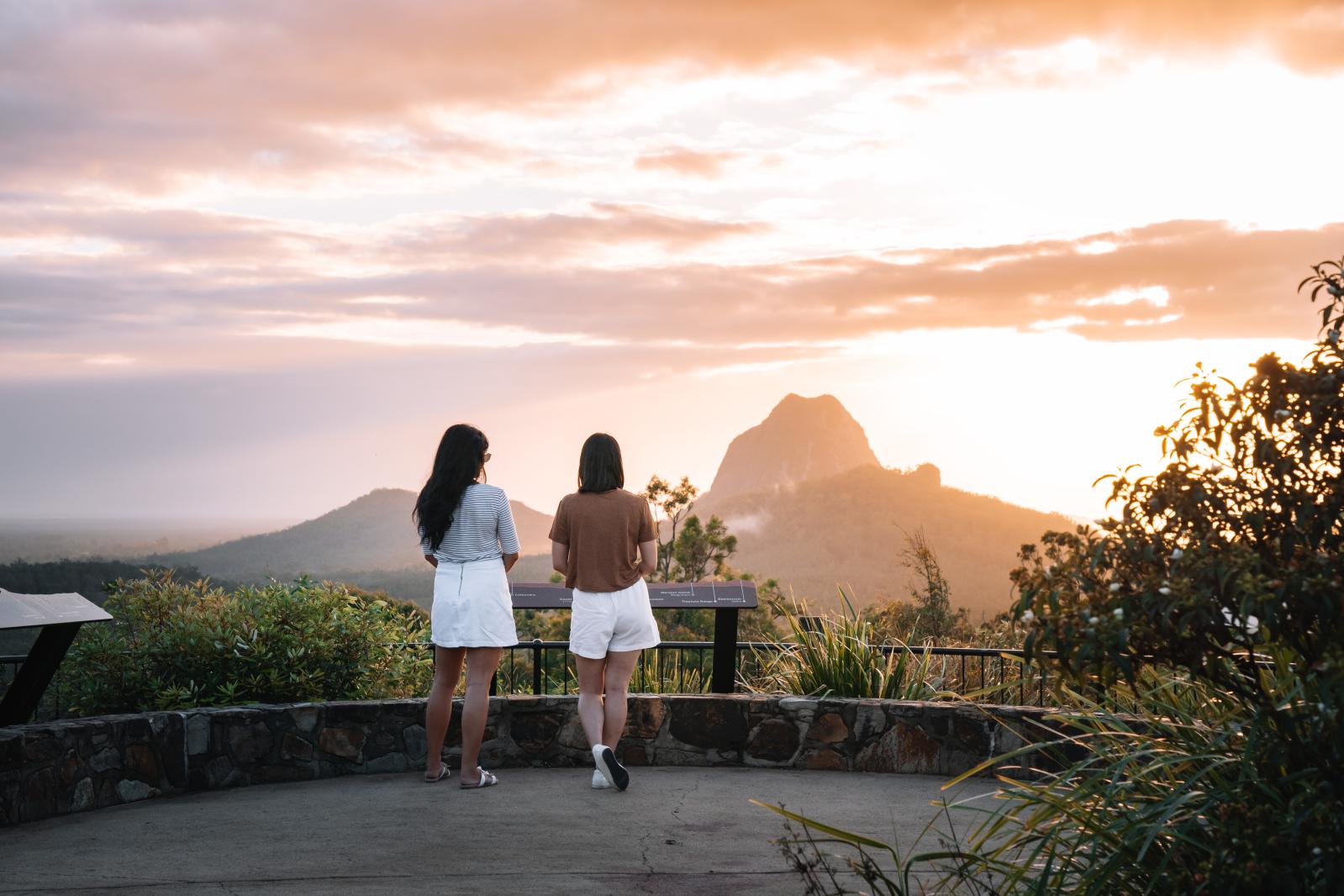Sunshine Coast Culture & History
Although the Glass House Mountains were first sighted from the HM Bark Endeavour but Captain James Cook in 1770, it wasn't until the 1820s that the Sunshine Coast saw the arrival of its first white inhabitants. The aboriginals shared their way of life with the men who became familiar with the Kabi Kabi people, however by the 1830s and 1840s, the original inhabitants of the area had been overrun by convict fugitives who escaped the nearby Moreton Bay (Brisbane) penal colony.

By 1842, the Aboriginal people had asserted the importance of the locally growing bunya tree and Governor George Gipps declared the entire coast and hinterland region from Mt Beerwah to Eumundi a 'Bunya Bunya Reserve' in order to protect them. However, the area was actually the site of some of the most vicious battles in Australia's history during the 1840s and 1850s 'Black War'. The Blackall Ranges were used by the Aboriginals as a hideout and gathering place for attacking the while settlement. However by the late 1850s, the areas exploitation by cattlemen and timber getters was in full swing and by 1860, the reserve was disbanded.
Much of the Sunshine Coast's first towns began as small jetties or ports for the 1860s and 1870s timber industry boom. Similarly, roads were forger for the purpose of hauling timber and the region's waterways were also used to float out harvested timber for export to Europe. Soon after, the Gympie Gold Rush saw prospectors scaling the mountains and developing the roadways for easier access to the gold fields. A railway line to Gympie was constructed and soon the surrounding coastal towns were bypassed. By the 1890s, fruit and dairy farming replaced the cattle and timber trade, with sugar cane and pineapple farming following soon after. With local produce becoming of such importance, the smaller towns began to develop.
Life remained much the same until shortly after World War II where the Sunshine Coast gained a reputation as a popular holiday destination thanks to its wonderful weather and great surfing. A development boom arrived in the 1960s and continued into the 1970s, with theme parks and tourist attractions creating further demand for the region. The area soon attracted 'alternative' lifestyles with newcomers building up a strong art and craft community with co-ops and places of spiritual significance, especially in the hinterland.
By the 1980s, the region saw a rapid growth in population and is now one of Australia's fastest growing regions. Farms are disappearing while residential areas, theme parks and tourist attractions are popping up. However the Sunshine Coast has managed to balance the importance of its tourist trade with the charming atmosphere of its local produce and iconic artisans and creatives.
